Mr. Tan Nhu Truc (village 7) said that his family used to raise pigs to develop the economy, but prices were unstable, combined with the epidemic, so the income was not enough to cover expenses. By May 2024, his family decided to take advantage of 1.5 sao of vacant land to grow mulberry to raise silkworms and sell cocoons. Each batch, he usually raises 1 - 1.5 boxes of silkworms and sells cocoons twice a month. With the current selling price of 180,000 - 195,000 VND/kg of cocoons, after deducting expenses, the family earns a profit of about 10 - 12 million VND/month.
Previously, to help people effectively implement the mulberry growing and silkworm raising model, in February 2025, the Women's Union of Xuan Phu commune established the Ea Kar Mulberry and Silk Cooperative to provide quality trees, seeds, and agricultural materials on a deferred payment basis; at the same time, provide technical guidance and purchase products for people. Currently, in addition to Mr. Truc's family, there are more than 10 households developing the mulberry growing and silkworm raising profession, with a total area of more than 120 hectares of mulberry.
Mr. Nguyen Sau Tam (village 4, Xuan Phu commune, Ea Kar district) takes care of his family's newly released tilapia fish. |
In addition to the potential for mulberry tree development, the use of pond and lake water to raise commercial tilapia by Mr. Nguyen Sau Tam's household (village 4) also shows positive signs. Mr. Tam said that his family has 6,000 m² of ponds raising many types of fish such as grass carp and bighead carp in the traditional way, but the economic efficiency is not high due to the long raising time and unstable prices. After visiting many fish farming models in and outside the province, he decided to try raising 5,000 commercial monosex Norwegian Genomar tilapia on an area of over 1,000 m². After only 7 months since releasing the fry, the family earned about 190 million VND from selling the fish. After deducting expenses, he earned about 50 million VND, twice as much as raising grass carp as before. Currently, the family has converted the entire pond area to raise commercial tilapia. To raise fish effectively, in addition to applying farming techniques according to the instructions of professional agencies, every year Mr. Tam also uses machines to scoop the pond to ensure the water depth and treat the pond with lime powder to limit diseases. Along with that, he also invested in buying 2 12-way water fans to increase the oxygen ratio, helping the fish stay healthy and grow quickly.
In addition to the above livestock models, many ineffective pepper growing areas have also been converted by people in the commune to grow fruit trees, initially bringing high income. Typically, Mr. Nguyen Van Hung's household (Ha Dien village) has 1.5 hectares of coffee mixed with pepper but the productivity is low due to infection with Phytophthora Palmivora fungus (quick death disease), affecting the family's income. After being organized by the locality to visit and learn about many effective fruit growing models, in 2022, Mr. Hung decided to convert the dead pepper area to grow durian trees and set up a pig farm.
The model of growing mulberry and raising silkworms is bringing stable income to many farmers in Xuan Phu commune (Ea Kar district). |
"In addition to the experience accumulated from the tours, I also researched and learned on the Internet, thanks to which I have now composted organic fertilizer from by-products in the livestock farming process to fertilize plants. At the same time, I apply water-saving irrigation technology and take care of plants in an organic way, so the garden has stable productivity, helping my family have an additional income of about 300 - 350 million VND/year from selling agricultural products and pork," Mr. Hung shared.
According to Mr. Nguyen Minh Tuan, Vice Chairman of Xuan Phu Commune People's Committee, in recent years, the whole commune has converted nearly 1,800 ha/2,570 ha of ineffective crops to crops and livestock with high economic value such as aquaculture, fruit trees, mulberry cultivation, pig and cow farming. For sustainable development, the commune has built 3 production linkage models with 68 participating members, including 1 livestock cooperative, 1 durian cooperative, 1 mulberry cooperative. At the same time, 19,500 coffee seedlings were supported for 56 households; 17 training courses on science and technology transfer were organized with 690 participants. This not only helps farmers increase their income but also contributes to reducing the poverty rate in the commune in 2024 to 2.76% (down 19% compared to 2023).
Source: https://baodaklak.vn/kinh-te/202504/hieu-qua-tu-chuyen-doi-cay-trong-vat-nuoi-o-xuan-phu-55118a5/


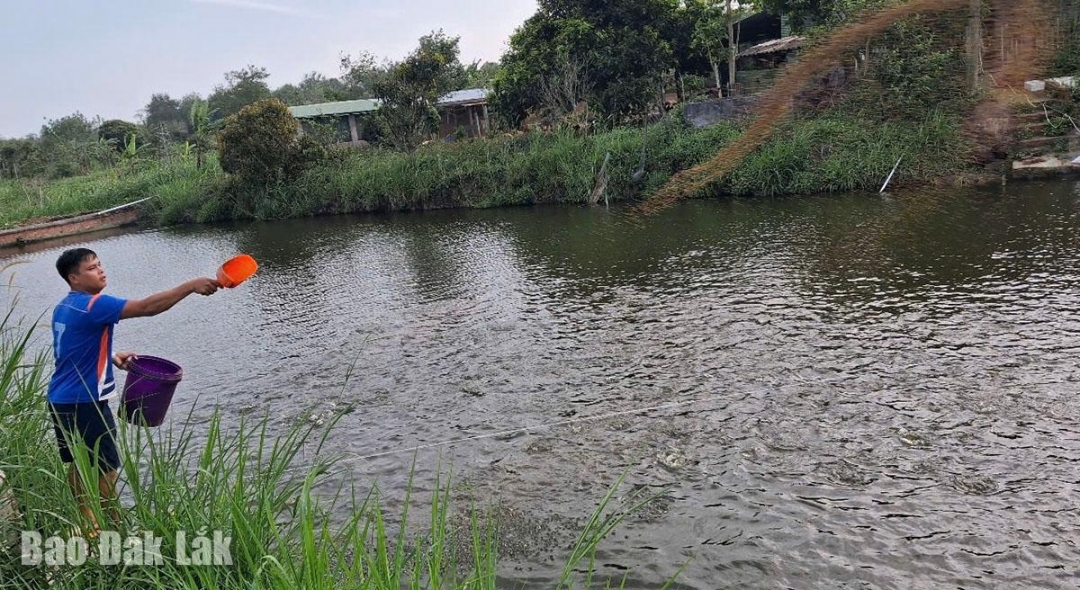
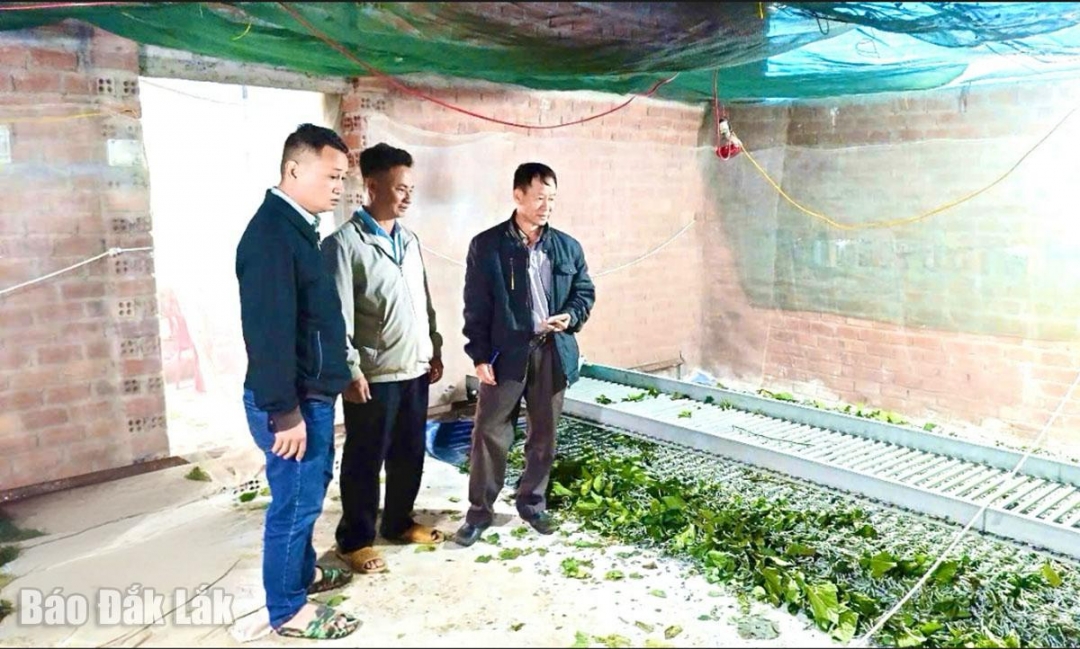
![[Photo] General Secretary To Lam receives Russian Ambassador to Vietnam](https://vstatic.vietnam.vn/vietnam/resource/IMAGE/2025/4/2/b486192404d54058b15165174ea36c4e)




![[Photo] Third meeting of the Organizing Subcommittee serving the 14th National Party Congress](https://vstatic.vietnam.vn/vietnam/resource/IMAGE/2025/4/2/3f342a185e714df58aad8c0fc08e4af2)


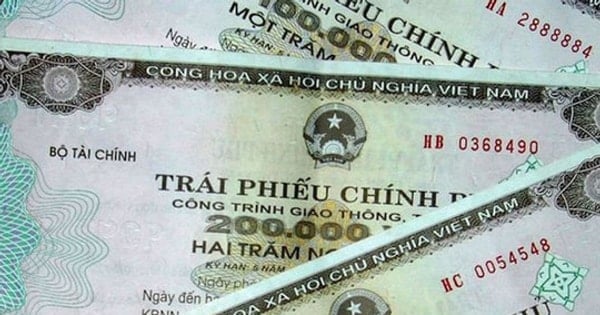
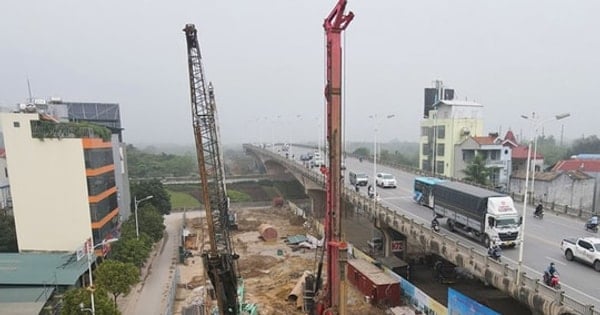
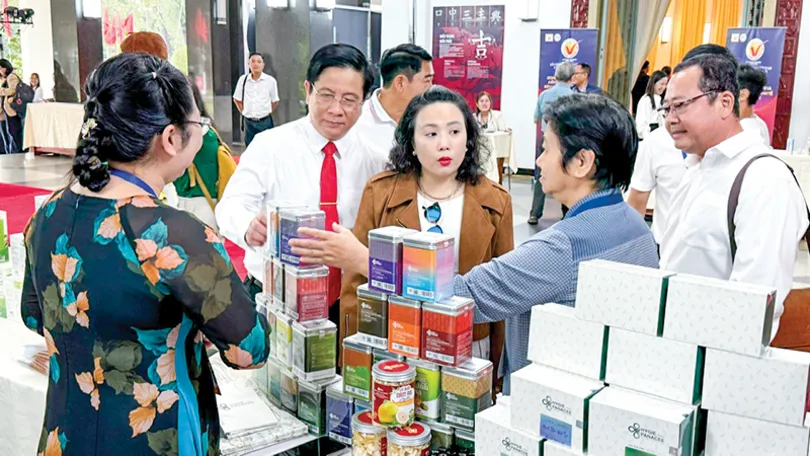
![[Infographic] How does the State Bank of Region 12, including the Southeast provinces, operate?](https://vstatic.vietnam.vn/vietnam/resource/IMAGE/2025/4/2/91d2fdb1645c450a90c10104437b775b)




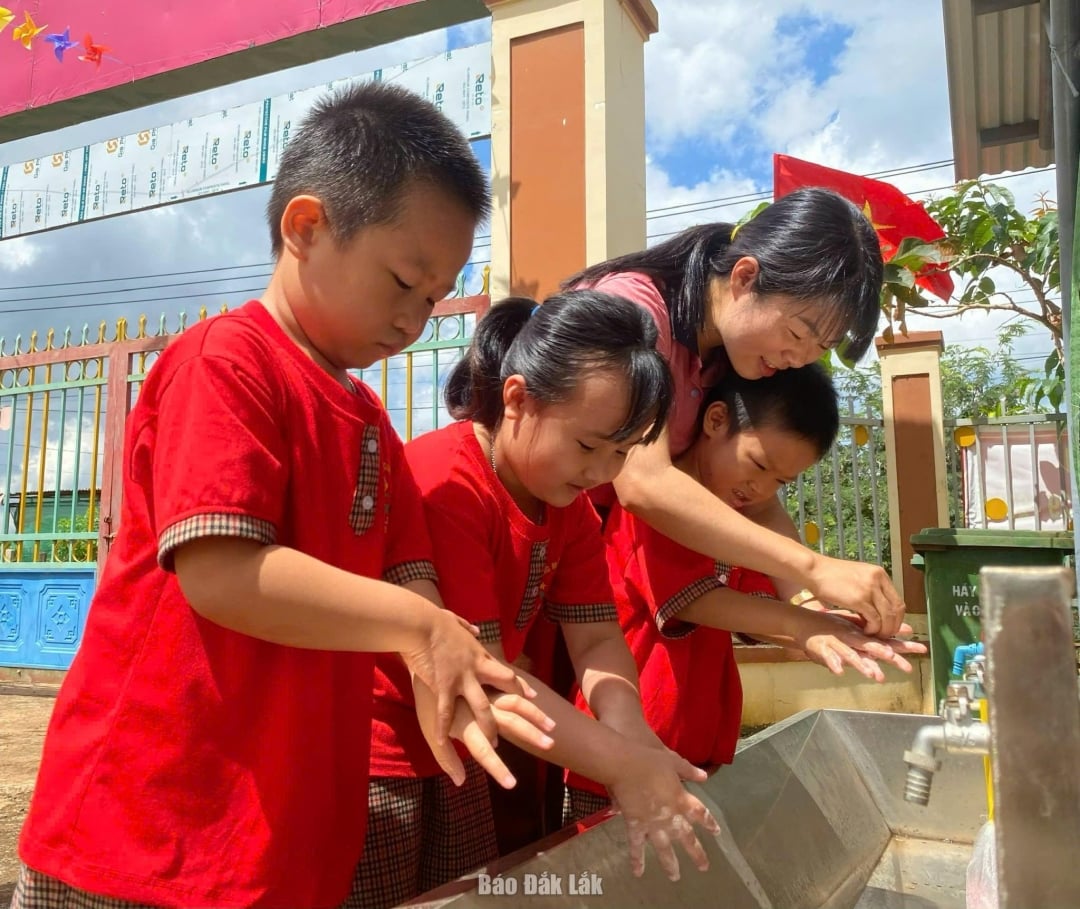

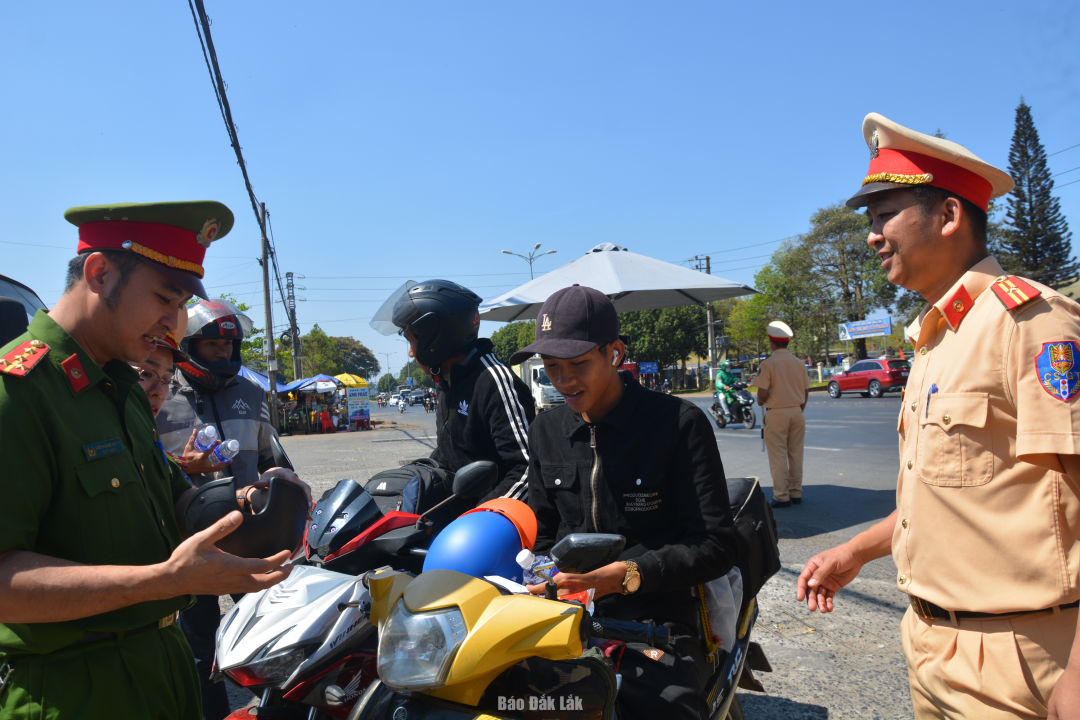
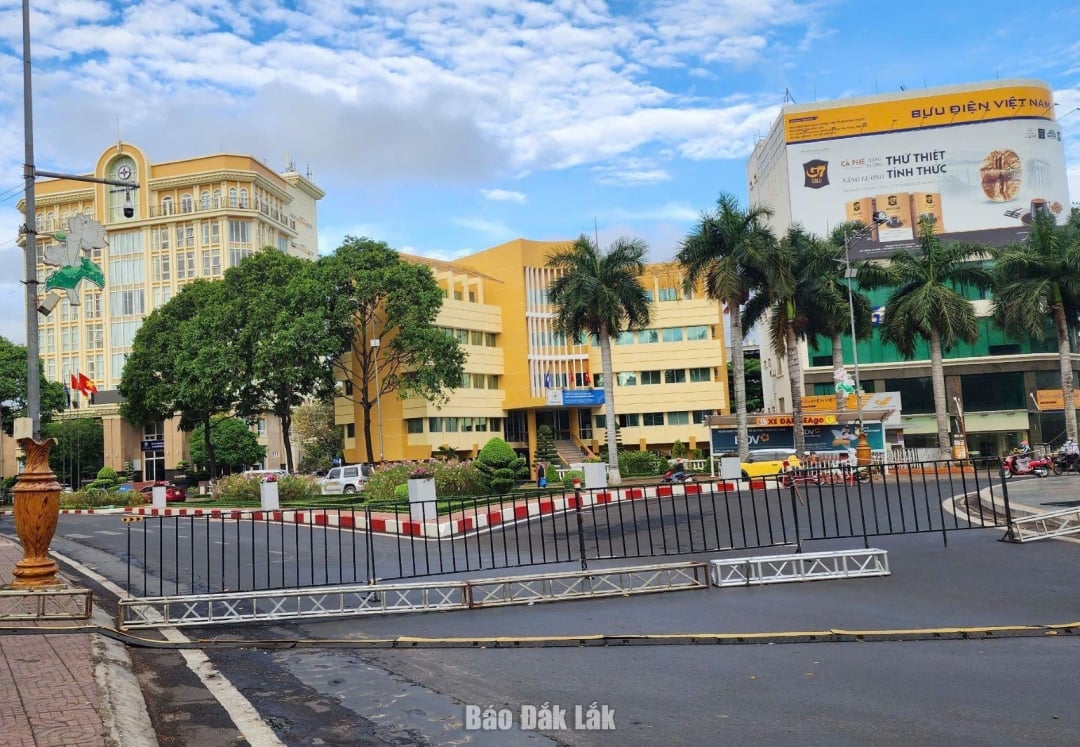
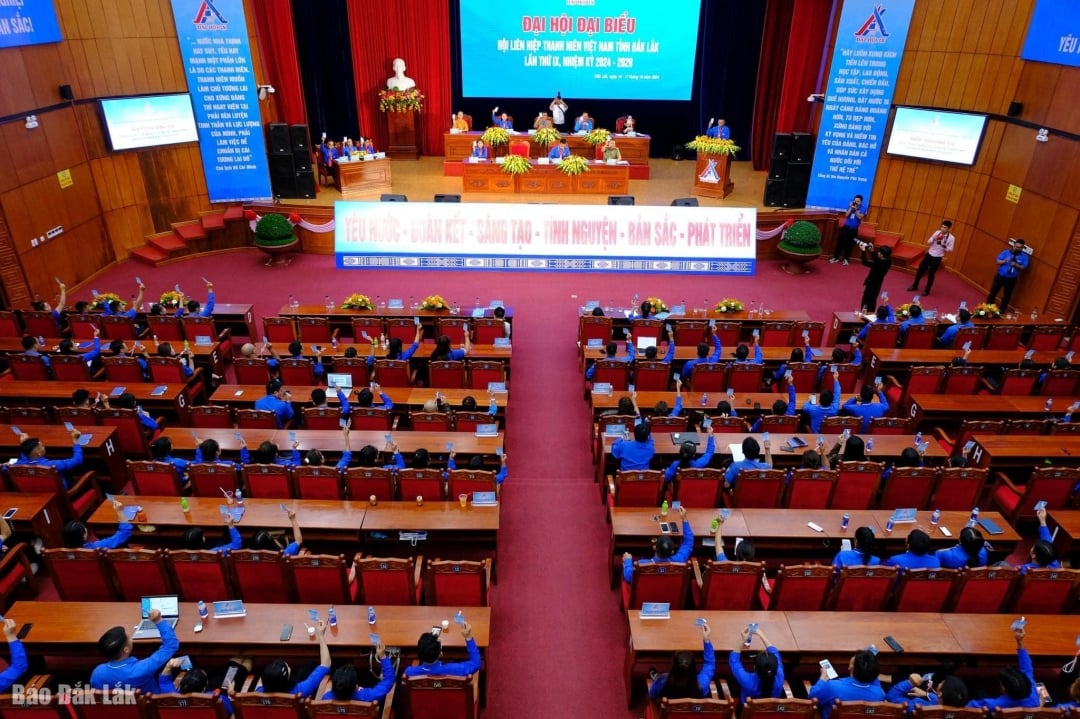
![[Photo] Relatives of victims of the earthquake in Myanmar were moved and grateful to the rescue team of the Vietnamese Ministry of National Defense.](https://vstatic.vietnam.vn/vietnam/resource/IMAGE/2025/4/2/aa6a37e9b59543dfb0ddc7f44162a7a7)







































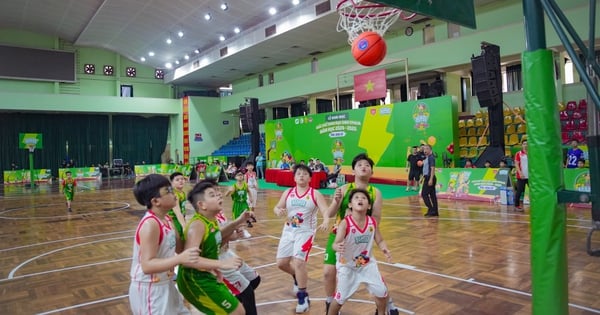





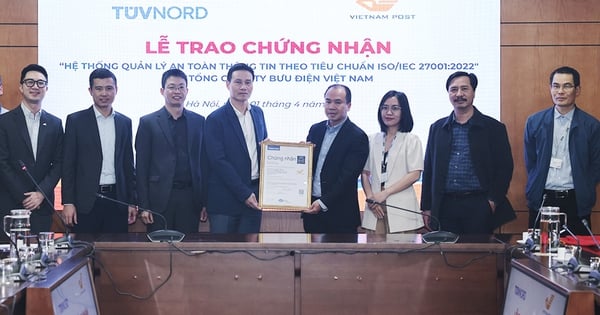



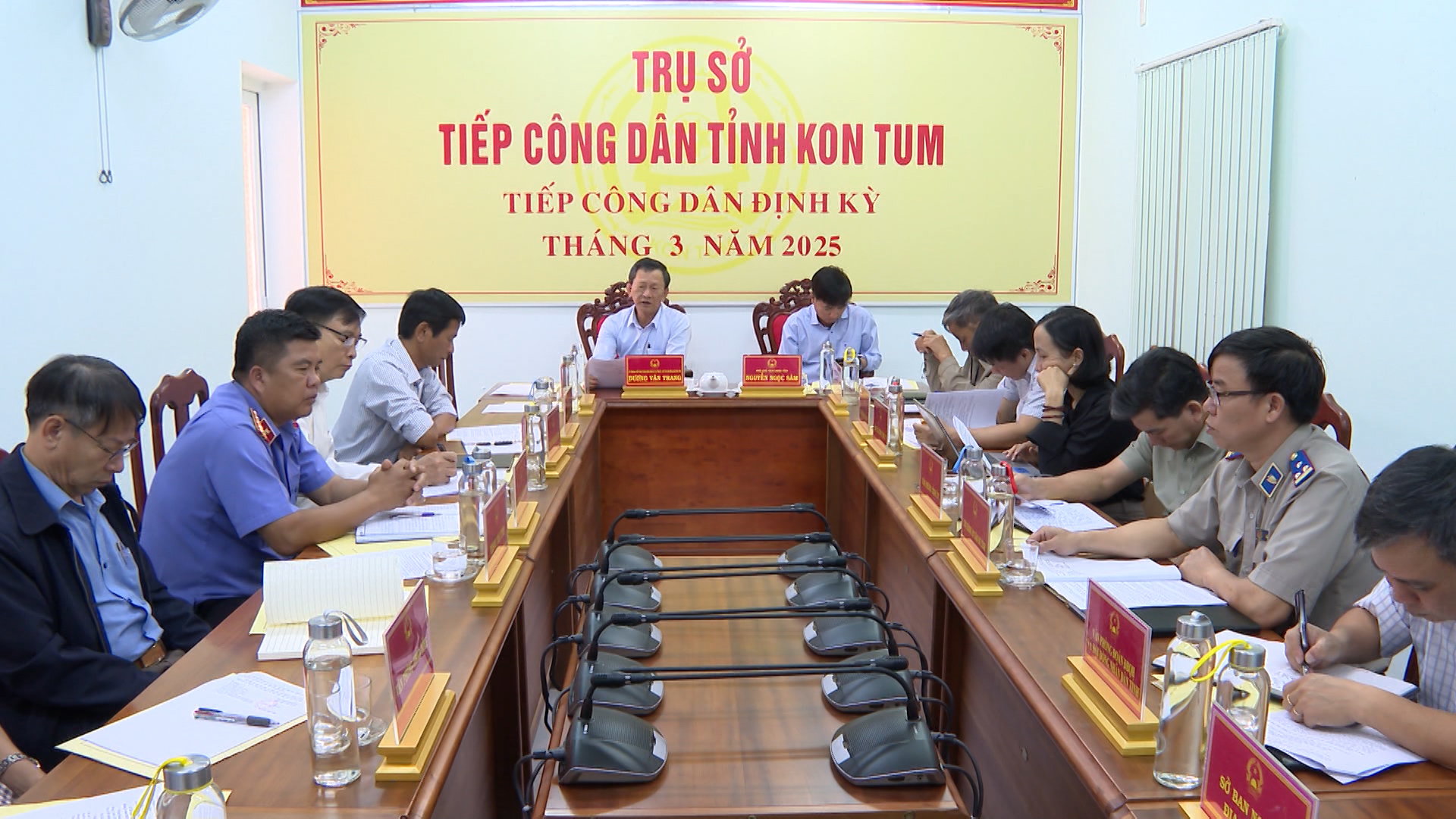



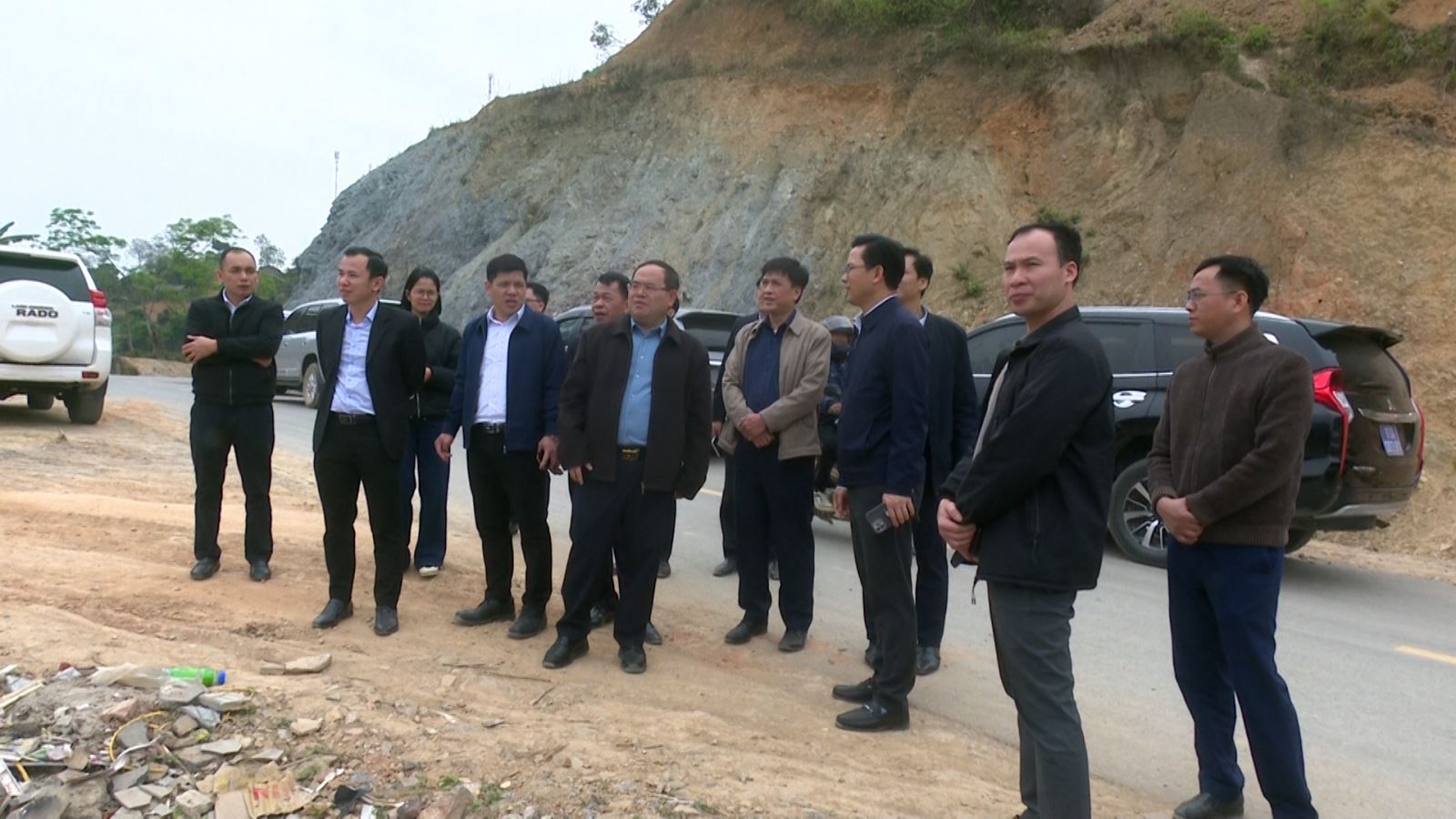
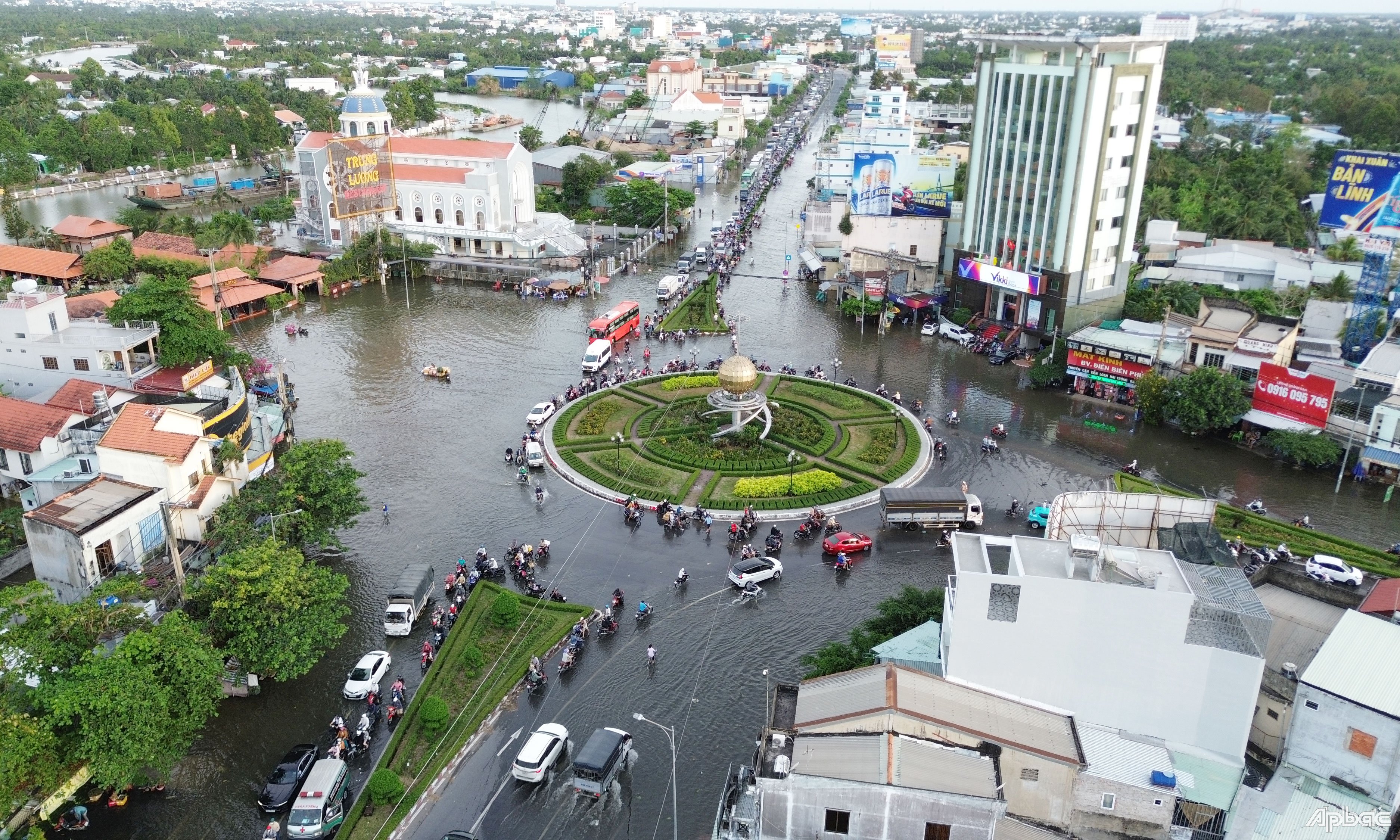













Comment (0)